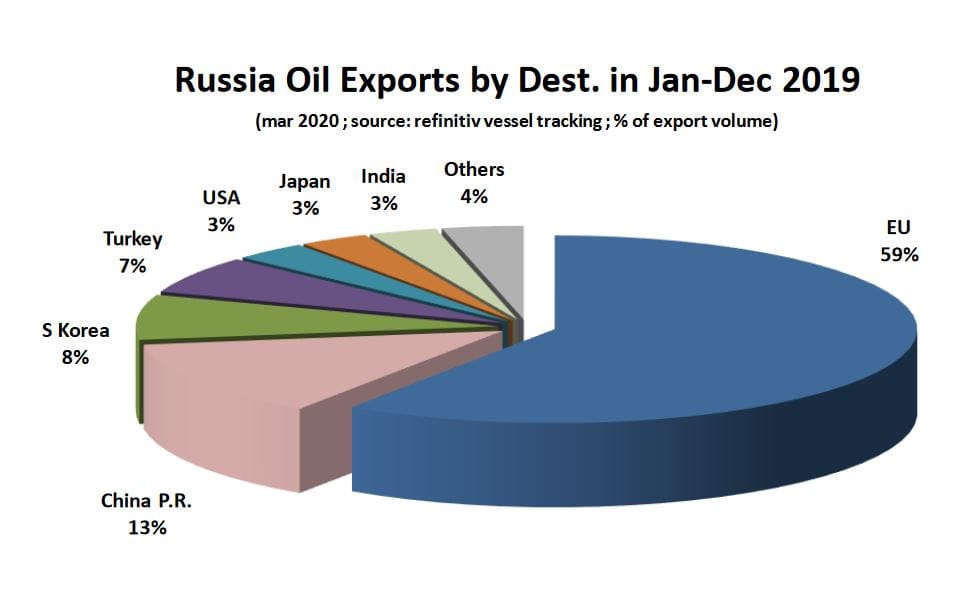U.S. stock futures exhibited little movement in early trading on Friday as market participants awaited the highly anticipated nonfarm payrolls report. Often serving as a bellwether for economic health, the jobs report is expected to deliver critical insights into labor market conditions as the Federal Reserve considers its next policy moves.
The Bureau of Labor Statistics is set to release January’s employment data, with consensus estimates foreseeing an addition of approximately 190,000 jobs. This figure, while a moderate slowdown from previous months, will be scrutinized for any signs of sustained growth or emerging weaknesses in hiring trends. Furthermore, average hourly earnings and the unemployment rate are likely to shape investor sentiment as they indicate potential inflationary pressures.
The futures tied to the Dow Jones Industrial Average edged slightly lower, reflecting market caution. Similarly, S&P 500 and Nasdaq futures remained flat, suggesting a muted reaction ahead of the payroll data release. This restrained market behavior aligns with investors’ heightened focus on economic fundamentals rather than speculative trading.
Another pivotal backdrop to Friday’s markets is the Federal Reserve’s ongoing strategy to balance economic growth with inflation management. Recent data showing resilience in hiring may bolster the Fed’s resolve to maintain a higher interest rate environment, aiming at curbing inflation. Federal Reserve Chairman Jerome Powell has reiterated the central bank’s commitment to achieving price stability, leaving market observers speculating about additional rate increases in 2025.
Meanwhile, corporate earnings and outlooks continue to impact investor sentiment. Recent results from tech giant Amazon highlighted slowing growth in key segments, adding to concerns that corporate America’s resilience might face headwinds as the economic cycle matures. Such earnings reports amplify market anxiety as businesses navigate challenging cost environments and tighter consumer spending patterns.
Globally, mixed signals have emerged from major economies. While the U.S. employment numbers take center stage this week, investors are keeping an eye on macroeconomic data from Europe and Asia. The European Central Bank has signaled caution on interest rates as it monitors inflation trends, while China’s modest rebound following pandemic-related disruptions has raised questions about the sustainability of the global recovery.
In this context, Friday’s jobs data could serve as a critical inflection point. On the one hand, stronger-than-expected employment numbers might indicate robust economic activity capable of weathering high borrowing costs. On the other hand, signs of softening demand for labor could validate concerns about a slowdown, particularly in interest-sensitive sectors such as real estate and manufacturing.
Among the key metrics to watch, the labor force participation rate will be a crucial indicator of underlying employment trends, shedding light on whether discouraged workers are rejoining the workforce. Likewise, wage growth figures will provide clues about potential inflationary pressures remaining in the pipeline.
Analysts caution against overinterpreting a single data release, emphasizing the importance of viewing labor market dynamics within a broader context. Seasonal adjustments and revised figures in subsequent reports often paint a more comprehensive picture of the employment landscape.
The interplay of corporate results, earnings guidance, and economic data underscores the complexity of making investment decisions in today’s markets. With multiple factors influencing daily stock movements, a clearer understanding of macroeconomic trends and monetary policy remains essential for investors.
Movements in Treasury yields and the U.S. dollar will also reflect market reactions, as investors recalibrate expectations for the Fed’s policy trajectory. Beyond the short term, questions remain about whether the economy can sustain growth while managing inflation, job creation, and consumption trends. Financial analysts anticipate that any significant deviation in the jobs report from forecasts could trigger a recalibration across asset classes, potentially impacting equity valuations and risk appetite.
In conclusion, the U.S. stock market enters the weekend weighed by cautious optimism. Although futures suggest a muted start, the labor data’s implications for Federal Reserve policy, consumer purchasing power, and broader economic prospects will shape financial narratives for the weeks ahead. Market participants will closely analyze every detail of Friday’s report as they assess the evolving balance between economic resilience and potential headwinds.



